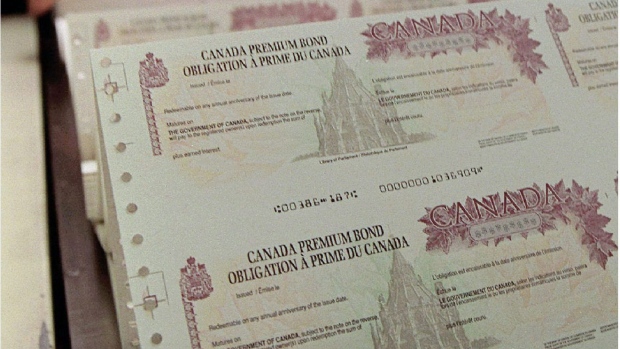Sep 28, 2016
Personal Investor: Good riddance to Canada Savings Bonds
By Dale Jackson

It’s safe to say Canada has emerged from the Second World War in sound financial shape.
Yet, according to a new report from KPMG, Canadian taxpayers pay $60 million a year to administer a Canada Savings Bond program meant to help fund the war effort.
According to the Ministry of Finance, one million people hold about $5 billion in Canada Savings Bonds, and thousands of employers maintain CSB payroll deduction programs.
As the Federal government ponders the future of the CSB program, older Canadians may remain nostalgic for savings that are fully backed by the Canadians government and can be cashed at any time. They may also have warm feelings for the 18 per cent yield CSBs paid out during the inflation-fueled 1980s.
But with interest rates near zero, times have changed. Over one- to three-year periods, CSBs currently pay out less than one per cent. As inflation rates have hovered between one per cent and two per cent, this means investors actually lose money by investing in these bonds.
Take heart, risk-averse savers. There are alternatives:
Paying down debt is always the safest place for your money. The return is equal to the rate you are being charged – it’s tax free, and risk free.
Guaranteed Investment Certificates (GICs) and high-interest savings accounts can pay out close to two per cent and are backed by the Canada Deposit Insurance Corporation on accounts up to $100,000.
Part of the appeal of the Canada Savings Bond payroll program is that it forces you to save through automatic deductions on a regular basis. Any financial institution that provides GICs or high-interest savings accounts can do the same.
The tax free savings account (TFSA) is new in relation to the CSB program, so most CSB holders must pay tax on the interest. If you save in your TFSA, that tax can be eliminated.
Dale Jackson is BNN's Personal Investor. Follow him on Twitter @DaleJacksonPI




